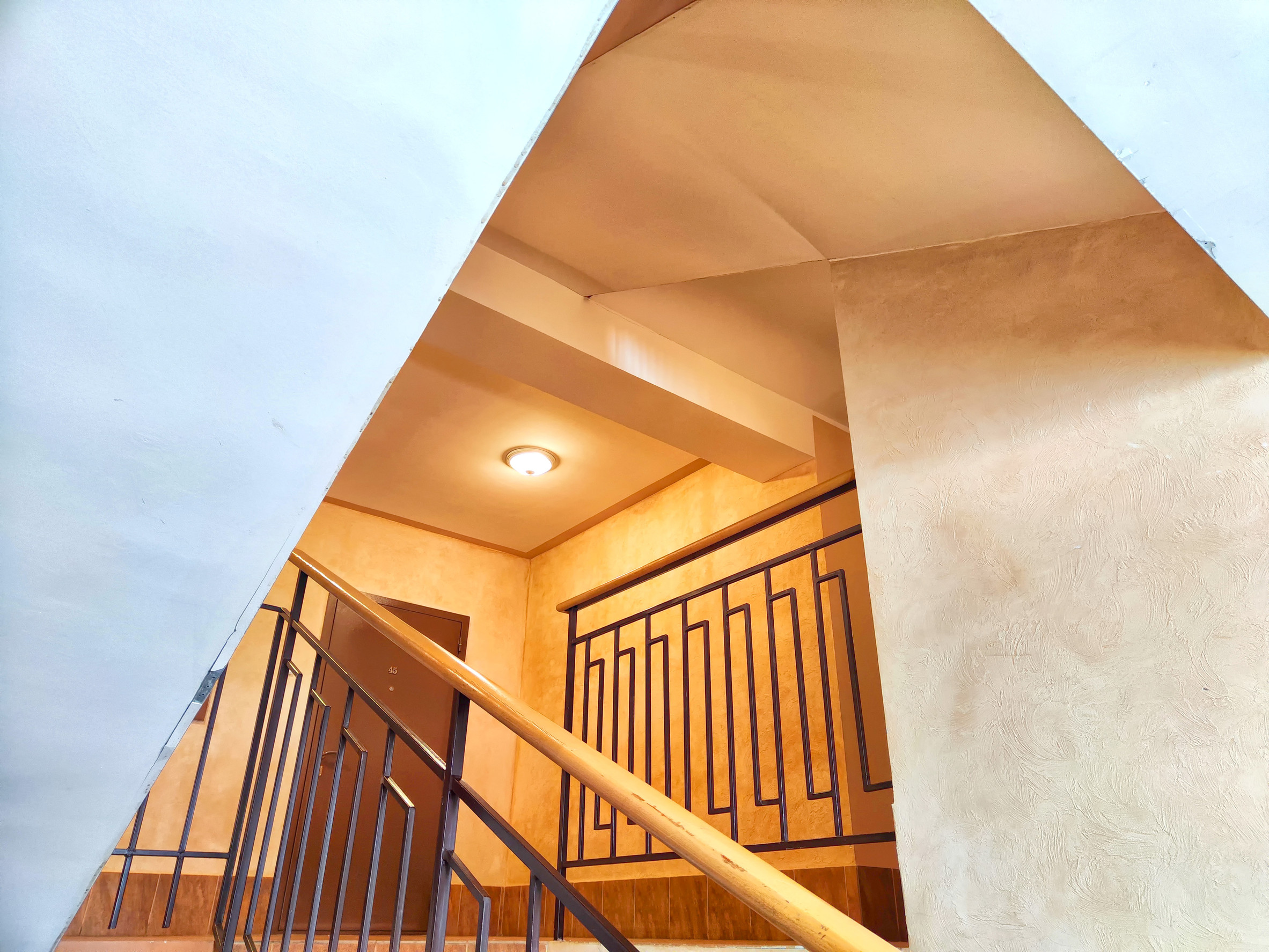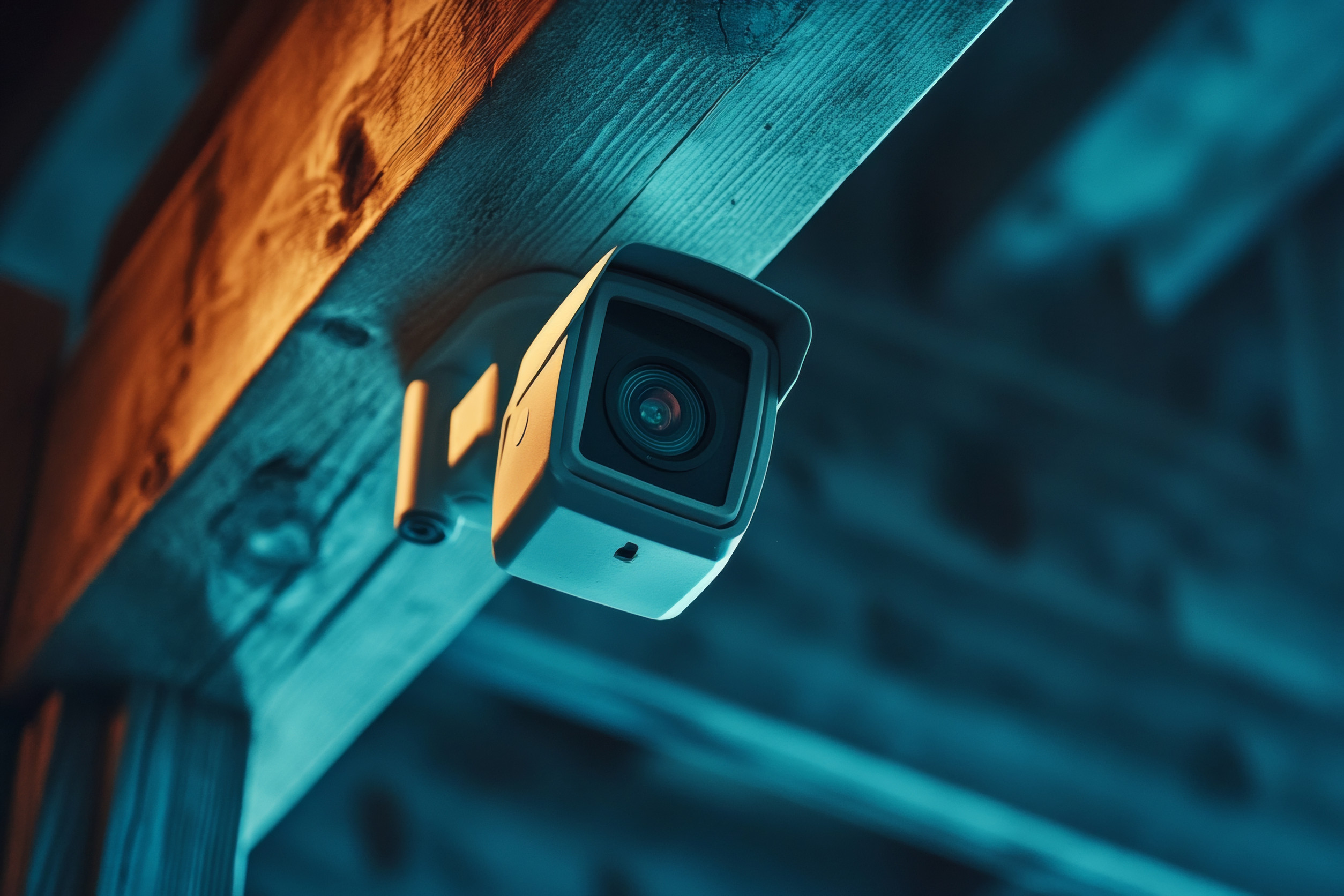Imagine walking into your apartment building, unaware that a silent observer just recorded the precise moment you arrived. Not a person. Not a front desk clerk. A stairwell camera—quiet, ever-present, and smarter than most people realize. These cameras aren’t just recording video; they’re feeding patterns into systems designed to learn, predict, and ultimately know your habits better than you do.
The growing use of artificial intelligence, motion detection, and data analytics has transformed basic stairwell cameras into advanced behavioral tracking tools. While it might seem like a simple security measure, what’s happening behind the scenes is anything but simple. Landlords, building managers, and third-party tech providers are now leveraging these feeds to build models of tenant behavior. These models can forecast when residents leave and return, how long they’re gone, and even what route they use inside the building. Privacy lines are being redrawn—and most people don’t know it’s happening.
Cameras That Do More Than Record
Modern stairwell cameras are often equipped with AI-based motion tracking and time-stamped footage analysis. This allows systems to differentiate between residents and guests, track repeated patterns, and log individual behavior over time. A simple clip of someone entering at 7:04 PM may be harmless in isolation, but combined with weeks of similar footage, it becomes predictive. These systems can flag anomalies or learn enough to estimate when someone is likely to return. The result is a camera system that doesn’t just watch—it learns and anticipates.
Predictive Models Rely on Repetition
Machine learning thrives on repetition, and most people live in patterns without realizing it. Leaving for work at the same time, returning from the gym around the same hour, or walking the dog twice a day creates a rhythm. When stairwell footage captures this consistently, software begins to fill in the blanks. The model gets better at estimating future activity based on what it’s already seen. This transforms stairwell footage from passive monitoring into an active prediction engine.
Data Is Collected—Then Correlated
Video alone doesn’t do the heavy lifting—data correlation does. Time stamps from multiple cameras are synced and matched with elevator logs, keycard entries, and sometimes Wi-Fi logins. This cross-referencing sharpens the system’s accuracy in determining who went where and when. If someone enters through the stairwell and not the main door, the system still tracks it and updates the model accordingly. Over time, this creates a detailed behavioral map of every resident in the building.
Smart Analytics Turn Footage Into Forecasts
The jump from security footage to predictive insight happens through analytics software layered on top of surveillance feeds. These tools analyze movement patterns, identify peak activity windows, and detect outliers. If a resident typically enters the stairwell between 6:30 and 7:00 PM, the system begins to expect them during that window. When behavior deviates, it can trigger alerts or update predictive timelines. It’s no longer about who is on the footage—it’s about when and why.
Tech Vendors Offer Behavior-Based Services
Several companies now sell software platforms that promise “tenant behavior intelligence” to property managers. These platforms turn stairwell camera data into actionable insights, such as predicting foot traffic, optimizing maintenance schedules, or even targeting rent renewal timing. While it might sound like efficiency, it also means someone is watching and learning your routines. These insights are packaged as a convenience for building owners but come with complex implications for tenant privacy. The more data these systems ingest, the sharper—and more invasive—their predictions become.
Privacy Isn’t Explicitly Protected
Most lease agreements mention video surveillance but don’t detail the scope of behavioral tracking. Tenants usually agree to being recorded for security purposes, not for predictive profiling. There’s a legal gray area where behavior monitoring can exist without explicit consent. As long as the data isn’t sold or used maliciously, many landlords are not breaking any laws. Still, the ethical line between security and surveillance grows blurrier by the day.
Stairwell Cameras Fill Gaps in Building Access Data
While keycard systems and elevator logs offer structured data, stairwell cameras catch what those systems miss. People often take the stairs to avoid waiting for elevators, especially in mid-rise buildings. These cameras capture organic movement that isn’t documented elsewhere, making the data more natural and unfiltered. That raw data becomes valuable when combined with more formal logs. It allows property managers to build complete activity profiles even without tenant cooperation.
Law Enforcement and Emergency Services Benefit Too
While invasive in daily life, predictive stairwell tracking can be useful in emergencies. Knowing someone’s usual movement pattern can help locate them in case of fire, medical issue, or a missing persons report. Some cities even encourage these systems in apartment buildings for public safety reasons. Real-time access to this data can shave critical minutes off emergency responses. However, what helps in a crisis also doubles as a tool for constant monitoring.
There’s Money in Prediction
For property managers and tech vendors, behavior prediction translates directly to dollars. Insights can lead to more efficient energy usage, reduced staffing needs, and optimized cleaning schedules. Predictive data can also influence rent adjustments, as landlords learn who is likely to stay or leave. Buildings that understand tenant behavior are more profitable, plain and simple. That financial incentive drives even more investment in predictive tools like stairwell camera analytics.
Tenants Rarely Know the Full Extent
Most residents assume cameras are there for safety, not behavioral analysis. There’s often no signage or disclosure explaining how footage is being used beyond simple monitoring. Even fewer tenants realize that software may be analyzing their routines to predict future movements. The lack of transparency leaves residents unaware of how much is truly known about them. This gap in understanding fuels mistrust, especially as technology becomes more sophisticated.
The Tech Isn’t Going Away
As with most data-driven tools, stairwell camera analytics are only getting smarter. Advances in edge computing, facial recognition (where legal), and machine learning will further expand their capabilities. Newer systems may not even need full video playback—they can operate on motion data alone. Once these technologies are installed, there’s little incentive for landlords to scale them back. The trajectory is clear: more surveillance, more prediction, and less tenant anonymity.
What You Don’t See Still Sees You
Apartment stairwell cameras have evolved from passive watchers to intelligent predictors. What started as a security tool is now a sophisticated system that quietly tracks and forecasts tenant behavior. While this offers efficiency and safety, it also raises serious concerns about privacy and consent. The line between convenience and intrusion is thinner than ever—and most tenants don’t even know they’re crossing it.
Got thoughts about predictive surveillance in your building? Leave a comment and join the conversation.
Read More
How a Security Light on the Wrong Side of Your House Can Attract Break-Ins
This Everyday Shortcut in Apartment Contracts Can Cost You 3 Months’ Rent


